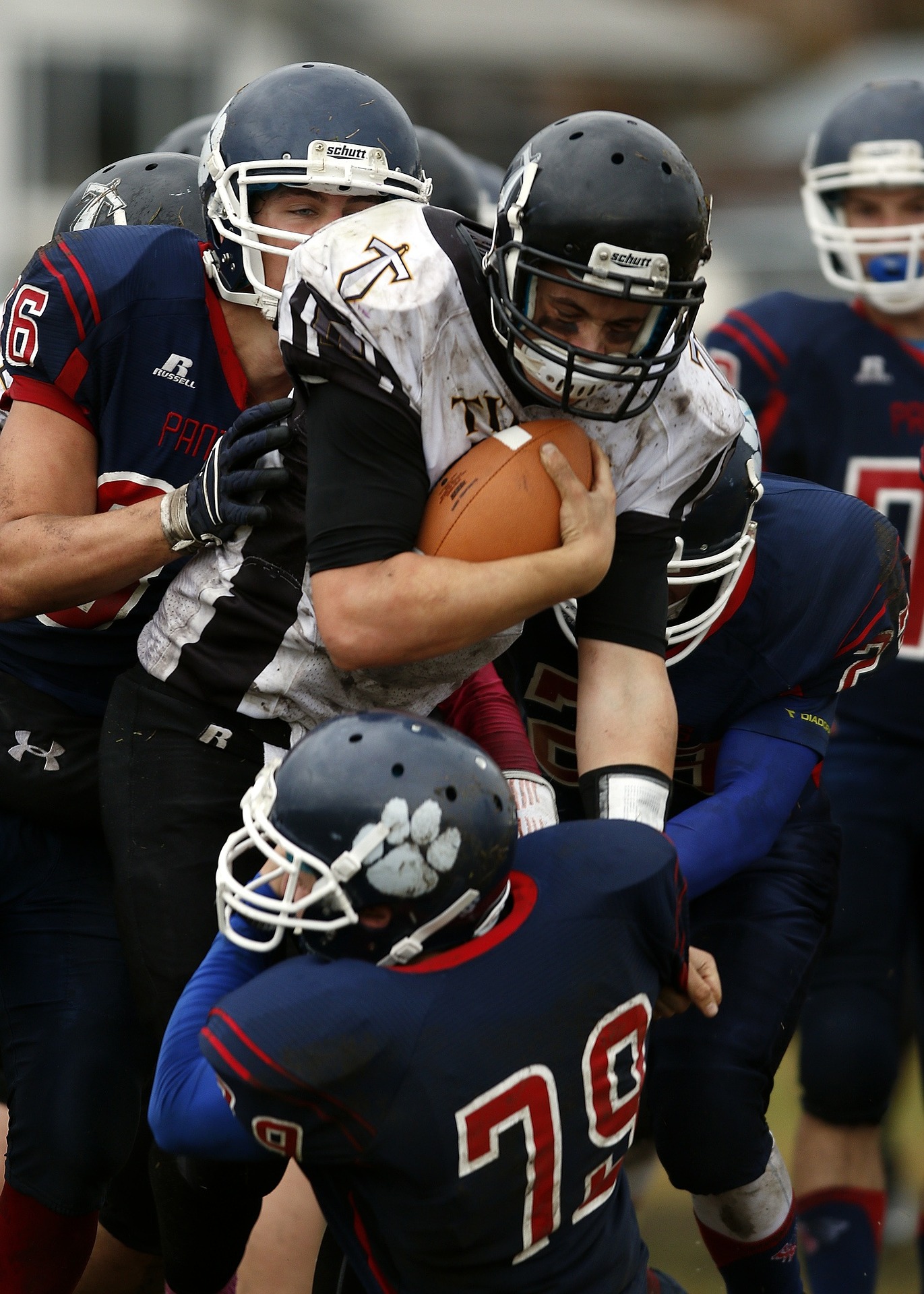Nov 30, 2018Small School Risks

New research suggests that the size of the school a student-athlete attends can impact their likelihood of getting injured. According to a study shared at the American Public Health Association annual meeting and reported on by MedPage Today, athletes from small schools faced more than double the risk of injury than those on the largest teams.
For the study, researchers tracked high school football concussion data from the High School Reporting Information online database for the school years 2005-06 to 2016-17. As part of this program, athletic trainers logged weekly injury reports and exposures to risk. The data encompassed 711 schools and nearly 34,000 injuries, including 7,023 concussions.
Instead of looking at roster sizes for each team, the researchers used “athletic exposures” — a measurement of how often athletes were exposed to play in practice or games — to estimate the sizes of the teams.
“We assumed lower athletic exposures translated to teams with fewer athletes,” said Lauren Pierpoint, a graduate student at the University of Colorado Denver, who led the study.
Pierpoint and her colleagues found that the smallest teams (10th percentile) had an estimated relative risk of injury that was 2.5 times higher than those in the largest teams (90th percentile), and the higher risk of concussion was nearly identical at 2.35. Even after the researchers adjusted the definitions of smallest and largest teams, the results were still similar.
“No matter what, if you’re a smaller school compared to a larger school, you have a larger rate of injury,” Pierpoint said.
The study did not take into account the amount of time players spent on the field. However, Pierpoint noted that players on smaller football teams are likely to play on both offense and defense, which could potentially contribute to more injuries.
Pierpoint said the findings should encourage schools to consider alternatives when it comes to small teams competing against larger teams. One idea she put forward is to hold competitions based on team size rather than school enrollments. Pierpoint said that limiting full contact at practices and allowing for adequate rest and recovery can also help reduce injury rates.
Neurologist and concussion researcher James Noble, MD, CPH, of Columbia University Medical Center in New York City, also weighed in on the findings. He suggested that the discrepancy in injury rates may be more complicated than simply the number of students in a school or on a roster.
“Is an athlete on a smaller squad more likely to be physically outmatched by their opponent, player for player, and thus more likely to be injured?” Dr. Noble asked. “Might there be different strategies employed in practice and competition between smaller and larger squads? Might there be different practice habits, training, or coaching? Does this translate to differences in skill levels and tackling techniques? Does a larger squad have a larger budget for more coaches, better training, a dedicated tackling coach, or even different equipment?”



